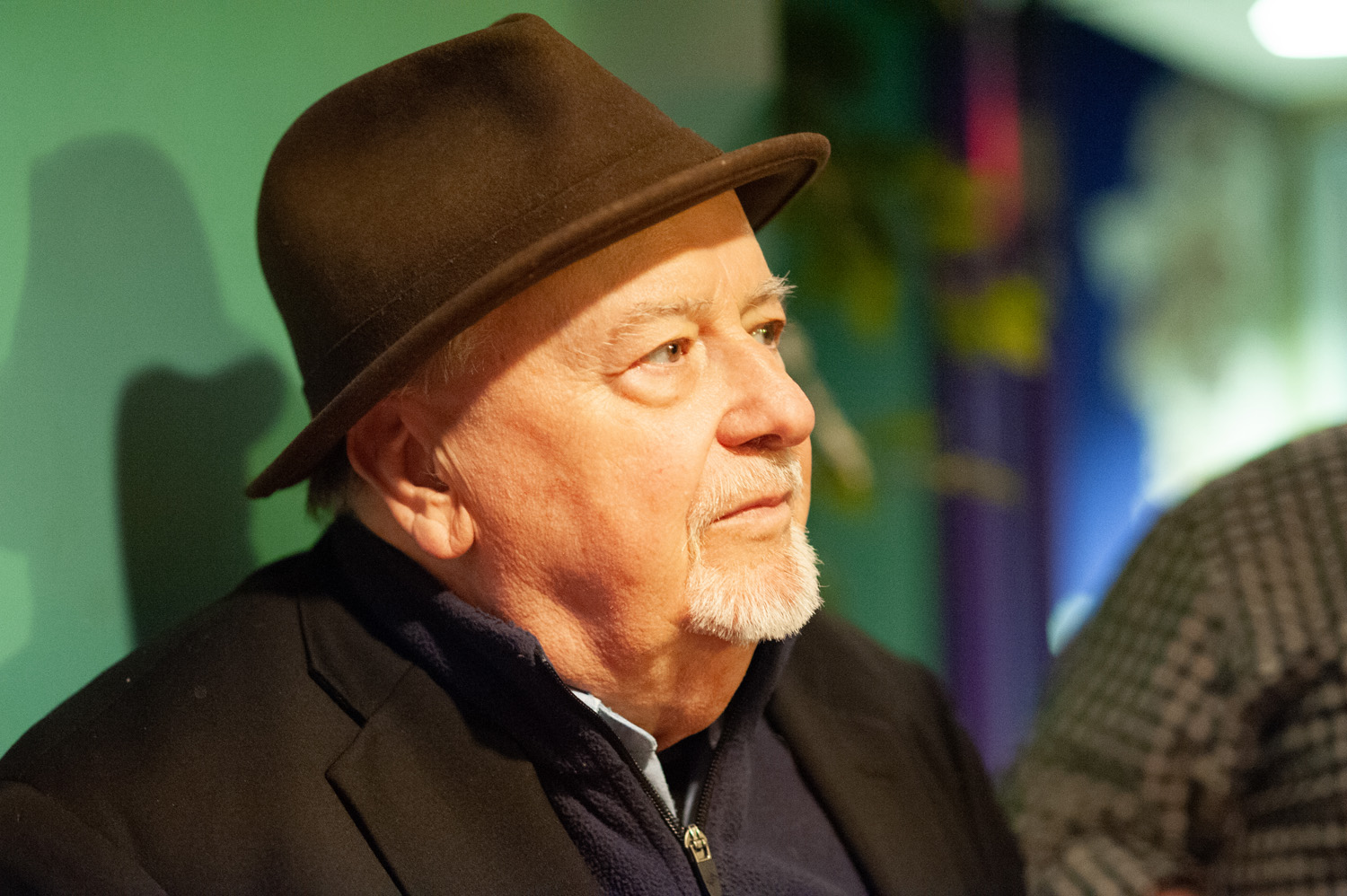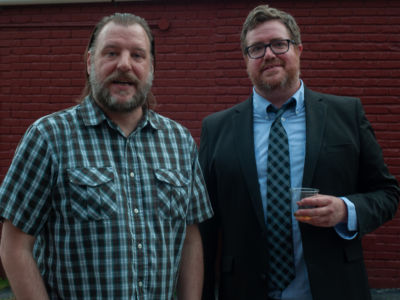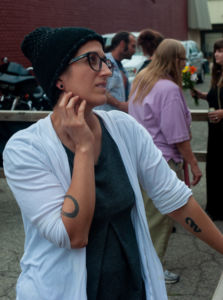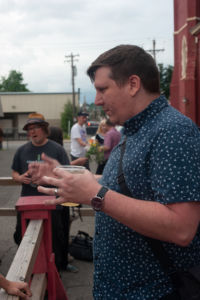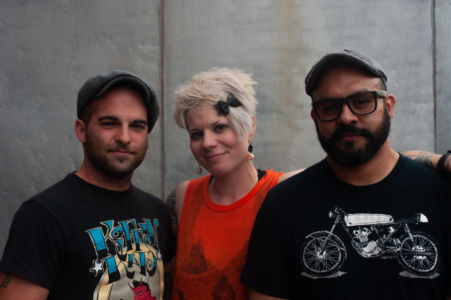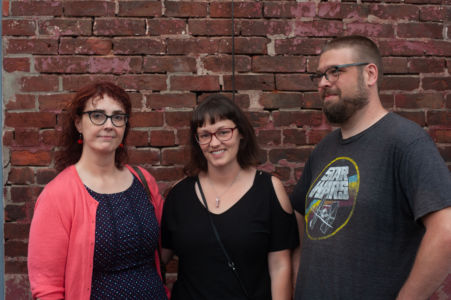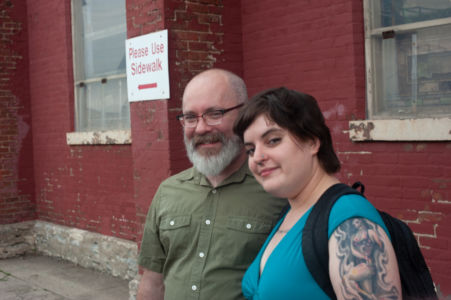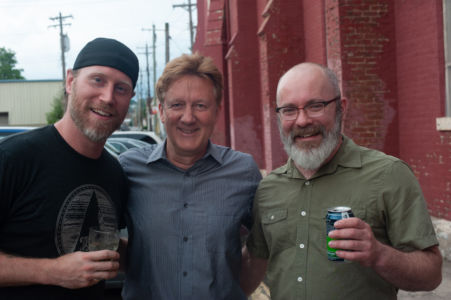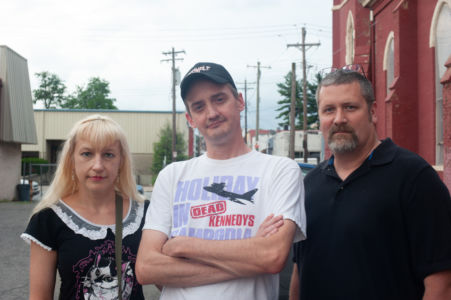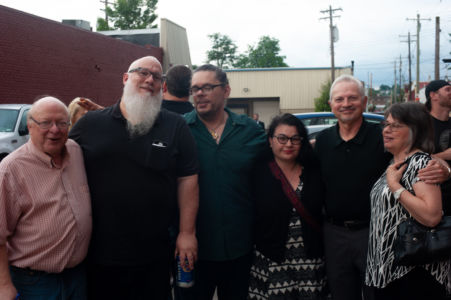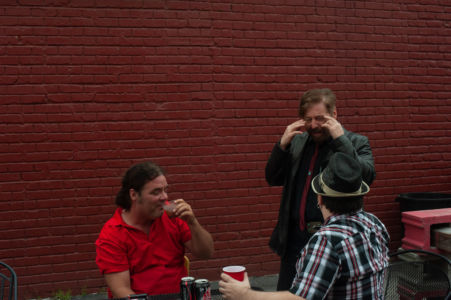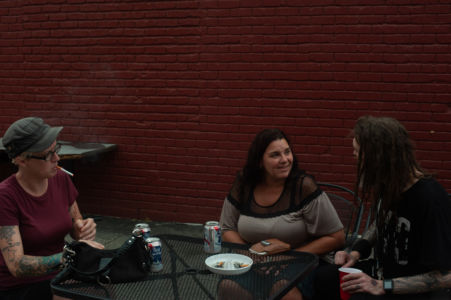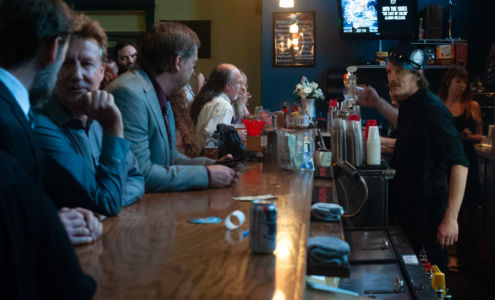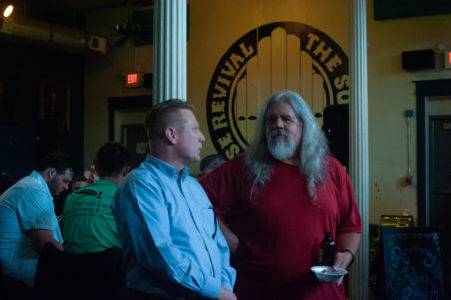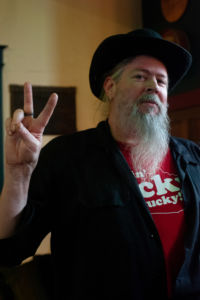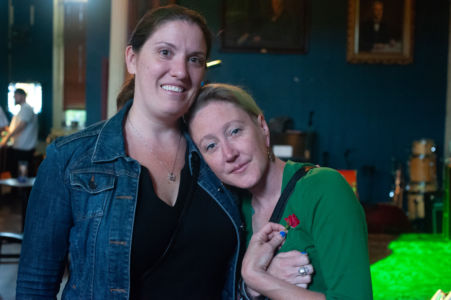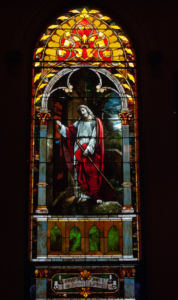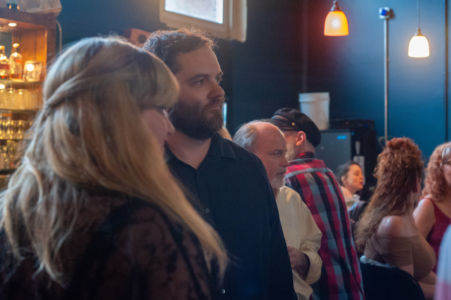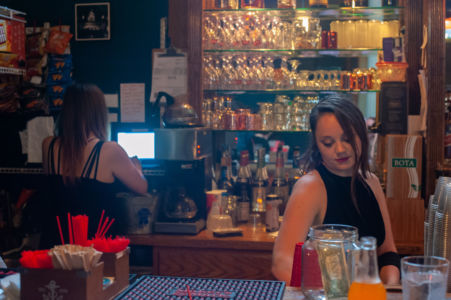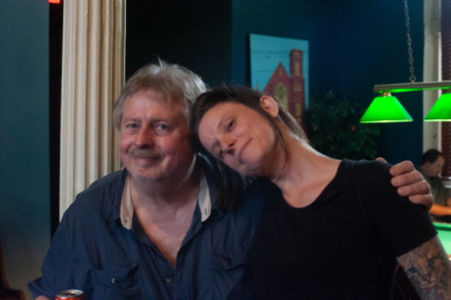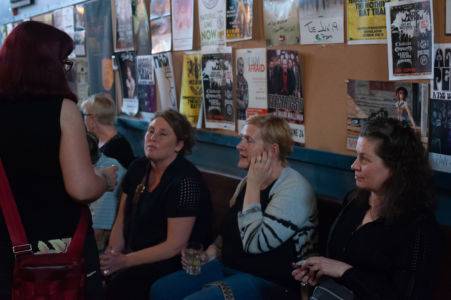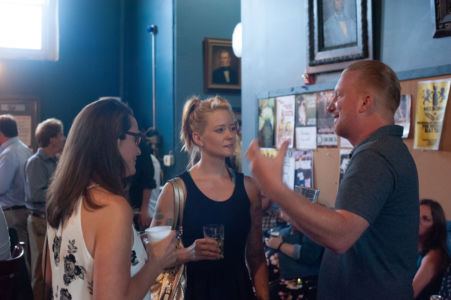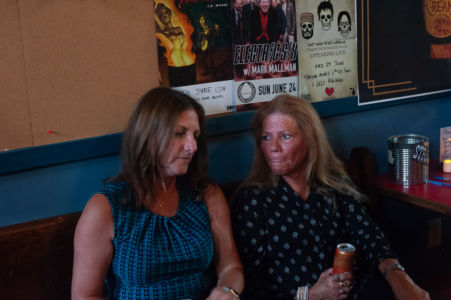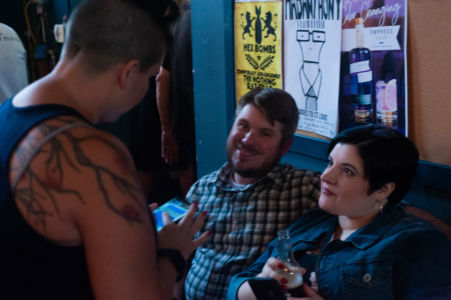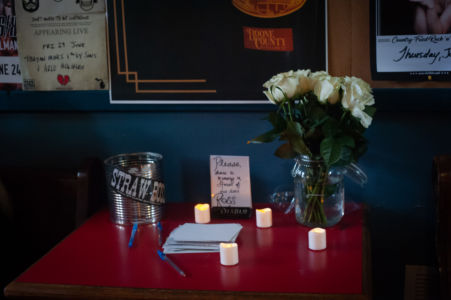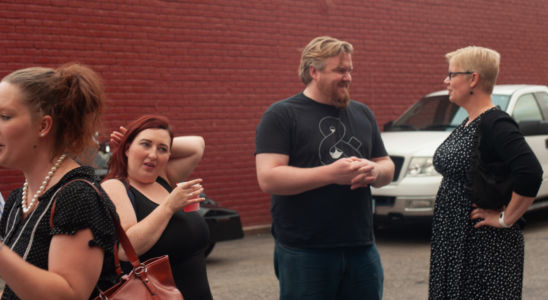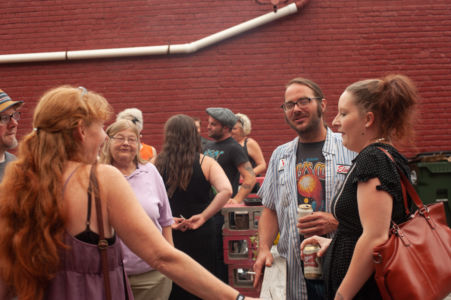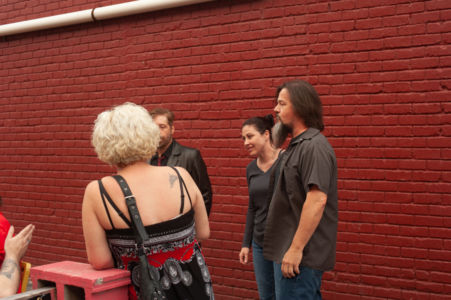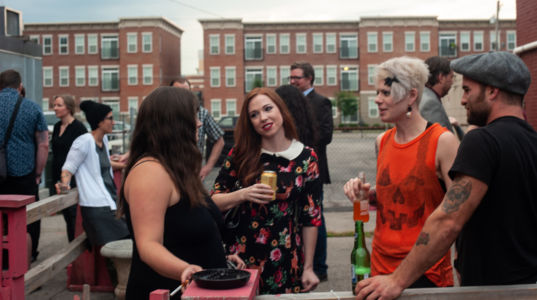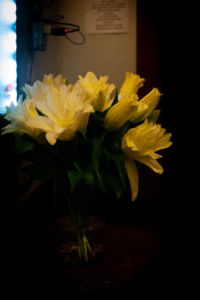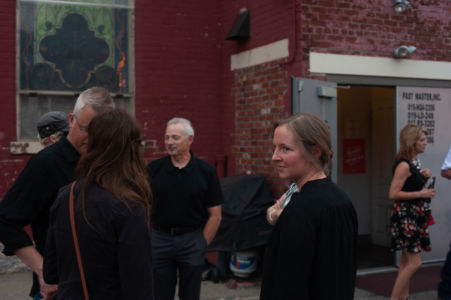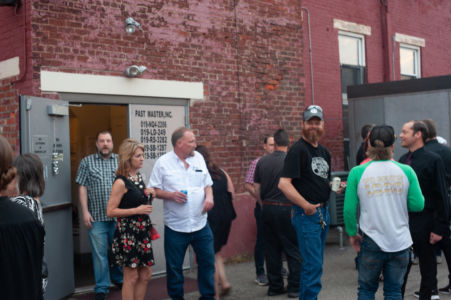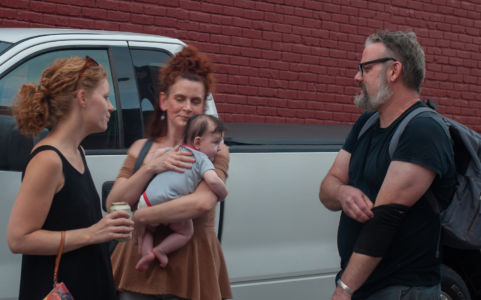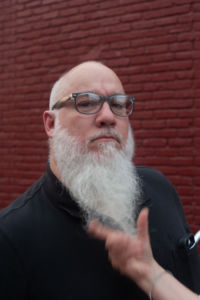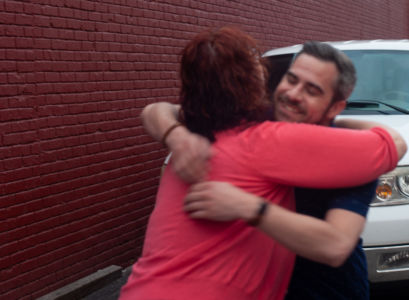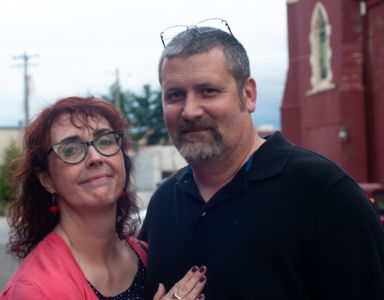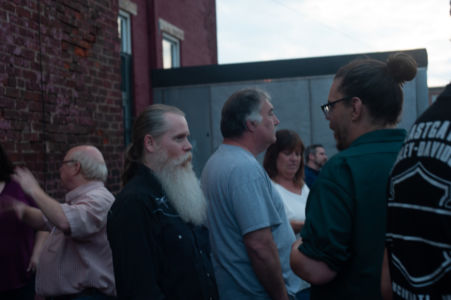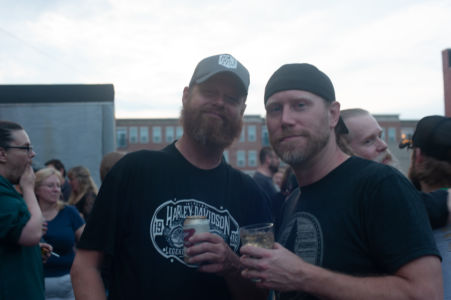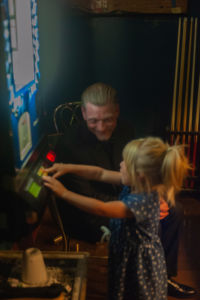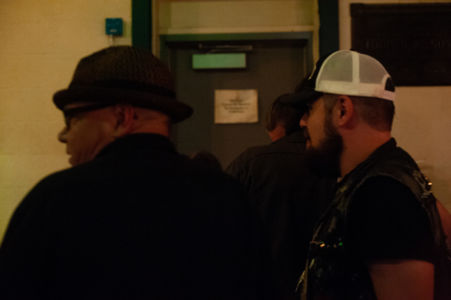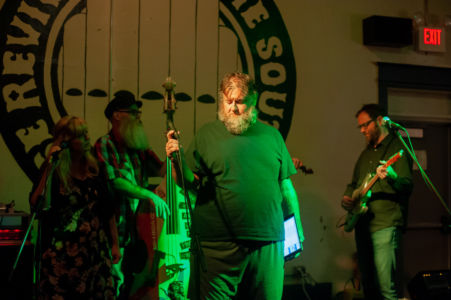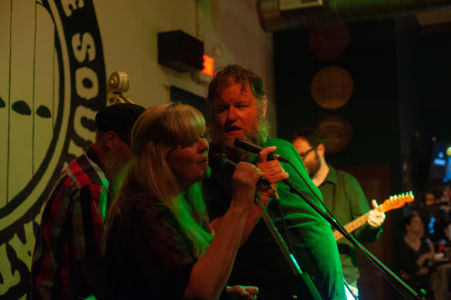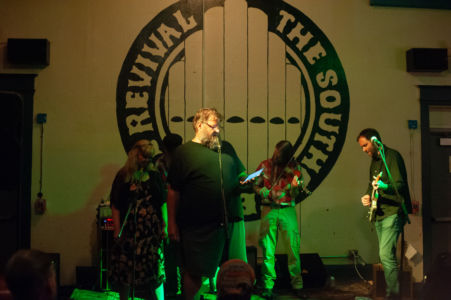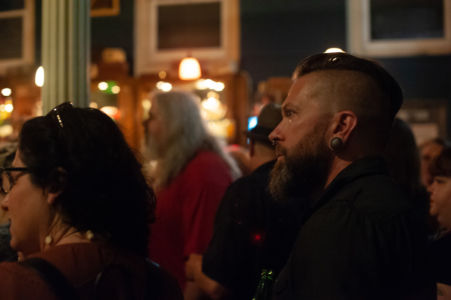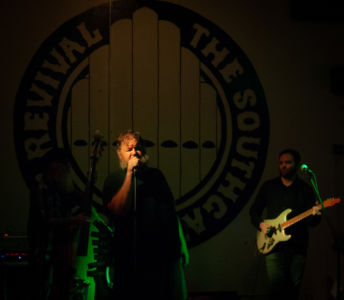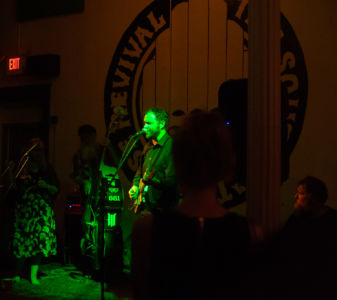How does one measure the value of one man’s life?
Traditionally there are obituaries, or, if the subject is sufficiently popular or venerated; the occasional short biographical piece. The problem with such commemorations is that almost always, they provide facts, dates of birth and death, number of children, etc. without providing us any idea of what that person was truly like, beyond the briefest and most socially appropriate descriptions.
Was the person kind, like baseball, hand out money to the homeless?
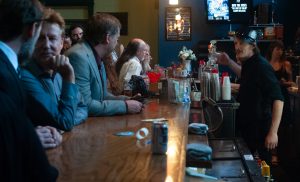 These remembrances do not tell us how that person spent the majority of his or her time on earth or speak to his or her best and/or worst days; such recollections don’t tell us how the deceased treated her fellow humans, what difference, if any, he made in the lives of people around him.
These remembrances do not tell us how that person spent the majority of his or her time on earth or speak to his or her best and/or worst days; such recollections don’t tell us how the deceased treated her fellow humans, what difference, if any, he made in the lives of people around him.
Perhaps that leaves us with personal storytelling and or traditional societal functions such as wakes in which friends and family attempt to recall the true nature of the deceased.
Such functions are wonderful at the proper time and place: yet they’re necessarily intimate, and often-depending upon who is speaking-inappropriate; inaccurate and/or substantially alcohol fueled. Such formats do not serve for more communal remembrances in which the deceased deserves to be remembered on a greater, if not public scale, as a citizen.
And how do we recall those who have profoundly benefited or affected us when we never knew or barely met them……?
I can’t recall the exact date. I’m thinking it was the late 90’s, not long after I had returned to Cincinnati after a decade split in Atlanta and Cleveland. And while I was not pleased to be living there again, in the unduly conservative racist cultural backwater that was the big Nasty circa 1998, I was pleased that I was able to reconnect with old and separated friends.
It’s a tribute to how far our city has come, in the last twenty years, to remember how badly our city sucked at the end of the last millennium. Did you know Cincinnati in those days?
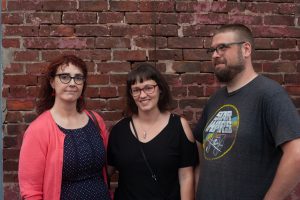 It truly was a miserable place. It was, with few exceptions, a culturally soulless dump. You could count on one hand the number of places you could go for worthwhile entertainment, psychological relief; there weren’t a half-dozen places offering any sort of consistent cultural enlightenment. There was Kaldi’s and Milton’s and Shake-It and a place or two up on Clifton hill.
It truly was a miserable place. It was, with few exceptions, a culturally soulless dump. You could count on one hand the number of places you could go for worthwhile entertainment, psychological relief; there weren’t a half-dozen places offering any sort of consistent cultural enlightenment. There was Kaldi’s and Milton’s and Shake-It and a place or two up on Clifton hill.
The places that had sustained me, anchored the bright spots of my youth, as a student at UC, were long gone. Cory’s-along with Big Ed Thompson and H Bomb Ferguson, and Ron Hunt and The Students-was just a memory.
Dollar Bill’s, InCahoots, Top Cats, The Metro and Alexanders, along with the great music played in those clubs by the people who were the foundation of today’s music scene (groups like the Raisins and the Warsaw Falcons) were also, sadly, history. If it hadn’t been for the Comet with its beer selection, stellar jukebox and burritos, I swear I would have gone insane sometime in the winter of 1999.
Nothing was happening in the Queen City, not even in Northside. It would be four years until the Northside Tavern opened.
In the midst of this miasma of misery, one other spot burned brightly, The Southgate House. It was to the Southgate House in the late 90’s that my recently reconnected friend David Purcell took me to see, among many other memorable shows, Alejando Escovedo.
I recall the Escovedo show, in particular, for several reasons. First, my musical taste in those days was atrocious. I didn’t know Escovedo-though he was in his prime. These were the years in which he released More Miles Than Money and Bourbonitis Blues.
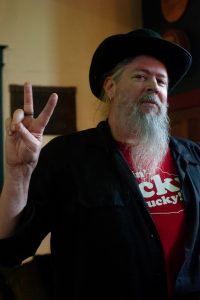 I recall, from that night, not only the quality of the music and the fact that the band was led by a Mexican-American singer who could switch genres faster than guitars, but I also remember that show for the coolness and beauty of the venue and because, deep in their set, Escovedo and his band left the stage and waded into the packed crowd on the floor to take requests and acoustically serenade the audience from up close. I remembered that event deeply because such things didn’t happen in Cincinnati in those days.
I recall, from that night, not only the quality of the music and the fact that the band was led by a Mexican-American singer who could switch genres faster than guitars, but I also remember that show for the coolness and beauty of the venue and because, deep in their set, Escovedo and his band left the stage and waded into the packed crowd on the floor to take requests and acoustically serenade the audience from up close. I remembered that event deeply because such things didn’t happen in Cincinnati in those days.
The building itself, The Southgate House, was also memorable. There were three stages on three floors, each unique unto itself. A small listening room upstairs-which was never quiet-but did had a stellar skyline view of the city and river (this before they built The Levy, that concrete sterile cultural abortion that now stands between the renamed and worthless Thompson House and the river).
There was also a proper smoke-filled lounge on the first floor-complete with adjacent pool room-and an honest to God basement ballroom with a full balcony. The beer was reasonably priced and there was a long porch outside for when you wanted to catch up, get to know someone or just get out of the crowd.
It was more or less the honky-tonk of your dreams, the kind of place you had been looking for your entire life as you crisscrossed the country, only to subsequently find that musical paradise was in your own back yard. It was the rare kind of place that was good enough to keep your soul alive, even when damn near every other venue in your town was a precious polymer puerile playpen.
And the crowd. The crowd was not your typical Cincinnati crowd. By that I mean you didn’t know what someone was going to say before they opened their mouth, and every other conversation was not about the Bengals or Reds and you could, on any given night, meet a new and important friend who would come to mean the world to you. It was the kind of place to which you would return again and again; and I did.
For a long time after I first got to know the Southgate House, it was as if I was meeting a new friend every time I went to a show there.
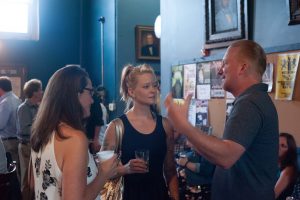 For instance, on the night of the Alejandro show; as I was sitting with David, a shortish bald man in a fedora pulled up a chair, sat down and introduced himself as Mark. He and David already knew one and other. I remember the guy with the fedora was carrying a large book. Now I’m normally slow to warm to strangers, but I’ve also been known to carry books to ballgames, and other long dull social affairs, so I was drawn to the strange guy in the chapeau.
For instance, on the night of the Alejandro show; as I was sitting with David, a shortish bald man in a fedora pulled up a chair, sat down and introduced himself as Mark. He and David already knew one and other. I remember the guy with the fedora was carrying a large book. Now I’m normally slow to warm to strangers, but I’ve also been known to carry books to ballgames, and other long dull social affairs, so I was drawn to the strange guy in the chapeau.
David and Mark talked about their ongoing musical projects-Pike 27 and Messerly and Ewing. There were many beers, the first of ten thousand beers I’d have with Mark Messerly who, in time, became like a brother to me: someone with whom I’d share the growth of our respective families, the birth of children, countless shows, road trips and respective divorces, re-marriages, reunions, professional and personal successes and pitfalls.
As for David, this night was just another wonderful night in a decades long friendship which continues to this day, including many visits back to the Southgate House and Southgate House Revival.
To be clear, these words are not about the three of us individually or collectively.
Rather this piece is about the venue that made such meetings and the continuation of such important friendships possible. This is, rather, a piece about a couple of people who were wise and talented enough to create a place which could serve as a laboratory of culture, in a city, all too often, devoid of aesthetic values.
It was of course, a great tribute to our innocence that we thought that such magical places could be created anytime and anyplace. We failed to appreciate that we were lucky beyond words to have such an enchanted place in our town.
We failed to appreciate that venues like people, are mortal.
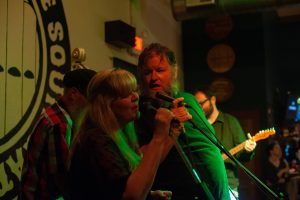 In those days we didn’t think about such things and didn’t even know the owners. We didn’t know the kind, quiet guy at the back bar of the lounge, at the SGH, selling tickets out of an envelope was the owner. We didn’t appreciate his generosity.
In those days we didn’t think about such things and didn’t even know the owners. We didn’t know the kind, quiet guy at the back bar of the lounge, at the SGH, selling tickets out of an envelope was the owner. We didn’t appreciate his generosity.
We didn’t know that the Southgate House was built in 1812 and had been owned and operated by Ross Raleigh for 30 years; or that his daughter, Morrella, had been by his side, helping to run the club for decades with sporadic help from his son, Kevin, as well.
In retrospect, the fact that we could drink in Ross’ house for years, and fail to appreciate his kindness, let alone his presence, was either was a testament to our self-absorption and/or a tribute to Ross Raleigh’s humility.
No, we just took it for granted the SGH was ours and that we’d always have it. Our innocence was shattered when, at the close of 2011, stories announcing the closing of the Southgate House began to circulate.
NEWPORT, Ky. – The historic Southgate House in Newport, Ky. will be closing its doors after New Years Eve, according to the establishment’s website.
The following statement was posted Monday night: “We are sad to announce that after 30 years in continuous operation as a music venue under the ownership and operation of Ross Raleigh, the Southgate House will host its last show on New Years Eve, Dec. 31 2011. We look forward to opening our business in a new location soon. Thank you for the wonderful memories and your support.”
…. [The SGH’s] notable past includes visits from then future presidents such as Abraham Lincoln and American innovators.
Raleigh said his sisters take over Jan. 1, 2012, and he has to be out by Jan. 7.
“I have not had any discussion with them about that at all. In fact we don’t ever talk,” he said when asked by Local 12 what will become of the mansion.
Raleigh announced plans to reopen in a new, future location which remains unknown. He expects to make an announcement on the new location in the next two weeks and homes to reopen in the first quarter of 2012.
Despite the reassurance of the final paragraph (and the wonderful news that we had, all along, been sharing a watering hole with Abraham Lincoln), our souls were crushed. We realized, too late, that the SGH, it’s architecture, location and diversity of programming could never again be replicated. Logic dictated, that whatever followed had to be inferior. No one, we thought, creates miracles twice in one lifetime….
Of course, we were wrong. We failed to appreciate Ross and Morrella’s fortitude and determination. Because we did not know Morrella or Ross Raleigh personally; we didn’t understand that they had it within themselves to forge lighting twice.
Yet, we did not know them, personally; and because we did not appreciate, their warmth, resourcefulness and resources, we were convinced, at the close of 2011, that we were screwed.
We should have known better. We should have known that anyone who could create a venue so far ahead of its time, so open minded and so generous was bound to come out on top again.
If we had stopped to think for ten damn minutes that no one in Cincinnati had ever run a club which featured such a broad range of music, in a such a architecturally unique club, while respectfully hosting such a diverse audience from every demographic corner; we would have known, had we thought about it, that Morrella and Ross had it in the bag.
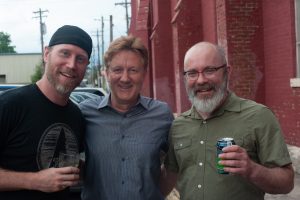 “Ross,” said Mike Ingram, one of the SGH’s long time stellar sound men, “rolled the dice on bands all the time. He took a chance on the band called the White Stripes, and, for that matter lost. No one showed up. He then brought them back and won. He also brought in bands like Modest Mouse before anyone else.”
“Ross,” said Mike Ingram, one of the SGH’s long time stellar sound men, “rolled the dice on bands all the time. He took a chance on the band called the White Stripes, and, for that matter lost. No one showed up. He then brought them back and won. He also brought in bands like Modest Mouse before anyone else.”
And so the Southgate House Revival did come to pass. It was rough in the beginning, but in time, SGHR also became a place in which great music flowed on a near nightly basis, friendships, important friendships were hatched as a matter of course, and artistic collaboration became as natural as breathing.
I’ve lost track of the number of holy shit moments I’ve had in both buildings. The first time I saw Greg Duly and the Twilight Singers, the Katie Rider Tribute show-the night I drove through a blizzard and saw-with twelve others, St Paul and the Broken Bones damn near burn the place to the ground as well as any Dave Alvin Show.
To which Ingram adds The Guided By Voices Farewell Tour, the Dismemberment Plan and The Shin’s first tour.
People like James McMurtry and countless other performers introduced me to the power and breadth of music.
Had we known Morrella and Ross then, I doubt we would have lost any sleep when the SGH closed. As it was, the closing of SGH seemed very much like the end of most of which was good in our world-because it meant that much to us.
As it happened, Ross and Morrella moved three blocks north, to a better neighborhood, devoid of tourists and soulless suburbanites, where they rehabbed another beautiful 19th century building, The Grace Methodist Episcopal Church, which was built in 1866. They created The Southgate House Revival.
In time, as with the Southgate House it became possible, if you were so inclined, to catch three shows, sounding in three genres, in three distinct rooms in one building. And more amazingly, it all works; peacefully.
In time, I even made it a point to meet Ross, who predictably, after two minutes of conversation offered to buy me a drink (Morrella says that sitting and drinking with customers was Ross’ idea of PR, a task which he took seriously).
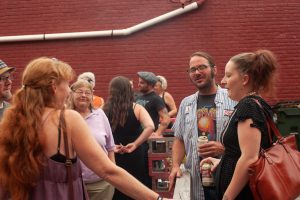 I also have come to know Morrella who has, since the day I met her, been both kind and respectful. She allows photographers and writers wide access into the club; when it’s an act of God to get other venue gatekeepers to even return a phone call or email. SGH and SGHR, therefore, not only brought diverse music to town, they also are responsible, in no small part, for the development of a fine crew of local photographers.
I also have come to know Morrella who has, since the day I met her, been both kind and respectful. She allows photographers and writers wide access into the club; when it’s an act of God to get other venue gatekeepers to even return a phone call or email. SGH and SGHR, therefore, not only brought diverse music to town, they also are responsible, in no small part, for the development of a fine crew of local photographers.
In a town, where it is standard protocol, in almost all venues, that photographers and writers seek written permission to shoot a show, weeks ahead, Morrella has told myself, and others, to not worry about writing and to simply show up. She does this knowing it’s both a kindness and good business.
In artistic genres in which competency is predicated, in no small part, upon repetition; such access is both generous and important to someone who has a legitimate desire of becoming a photographer or writer.
As with the musicians, all they’ve ever asked of the photographers and customers is that people respect the music, respect the bar and one another.
Ross died this past June. Shortly thereafter, there was a wake at the SGHR. Many of those who has been touched by Ross and his generosity, over the years, came bearing stories and pot luck dishes. If you had spent any significant time at either the SGH or SGHR, the faces were familiar. Those faces, their portraits, along with some pics from prior shows, are spread throughout this piece.
How do you value one man’s work, one man’s life? The truth is that there is no single formula. Everyone at Ross’ wake had their own tale, their own remembrance, their own gesture of thanks.
When Morrella, for instance, was cleaning out Ross’ office she found a small cheap plastic folder. Inside was a postcard his son sent from a trip to Alaska and a photo of Ross and singer songwriter legend Townes Van Zandt. Morrella hadn’t even known they met. Members of The Hiders had the photo enlarged and framed for Morrella.
 Me? I shot the wake and wrote this oversized thank you note. We do what we can.
Me? I shot the wake and wrote this oversized thank you note. We do what we can.
I’ll always remember Ross as a cultural farmer, a man with a degree in philosophy, a lover of film and a man who started a club, decades ago, because he understood the importance of music, of cultural. He was a man I barely knew, who gave me large gifts, an entrepreneur who bought and cultivated clubs inside of which it became possible for countless people to meet, become friends, collaborate and learn. During the bad years he maintained a cultural life raft when damn near everything in our hometown seemed hopeless.
At the end of the day, none of this theoretical. Not to any of us.
I received an e-mail yesterday. A very fine local arts center was writing offering me my first ever, whole gallery solo show. I’ve worked my ass off and waited years for that offer. Yet, there’s no way I get that show without the twenty years I’ve spent shooting at SGH and SGHR.
Anyway, that’s my story. If you speak to the faces in this piece, next time you’re in SGHR, they’ll tell you similar tales. If you add all those recollections together, you can begin to appreciate the value of Ross’ efforts, of his life.
And if we all emulate his efforts, follow Ross’ lead then we maybe have a community, culture worth sharing; even during the darkest and most ignorant of days.


